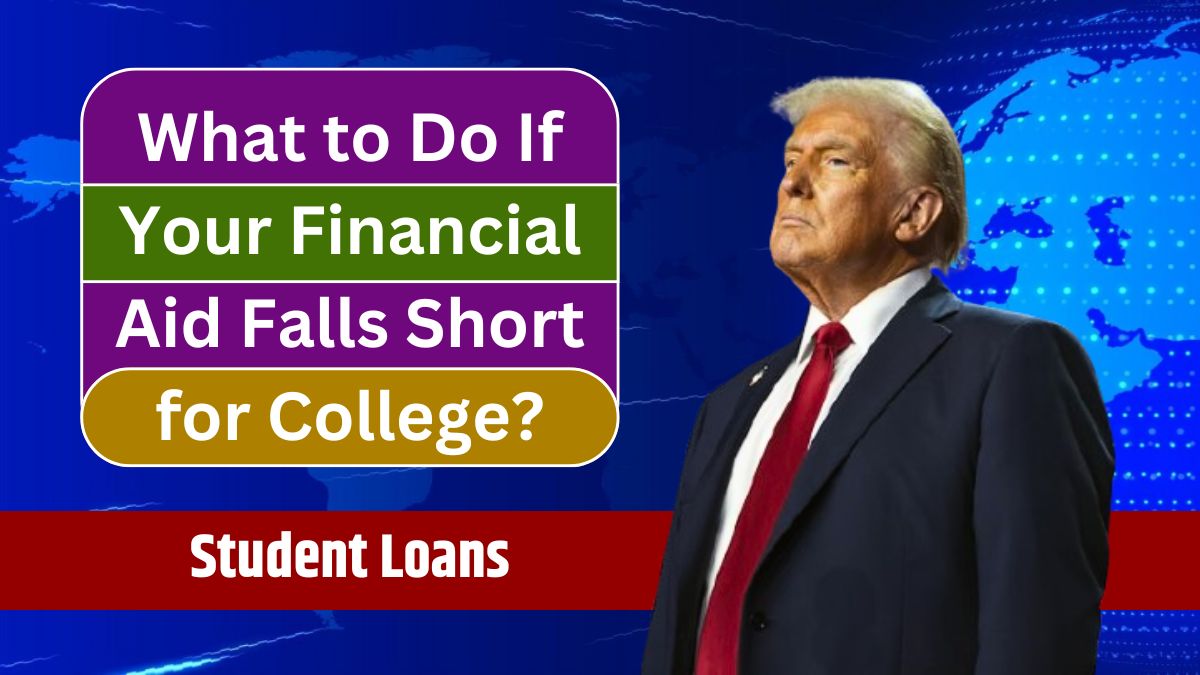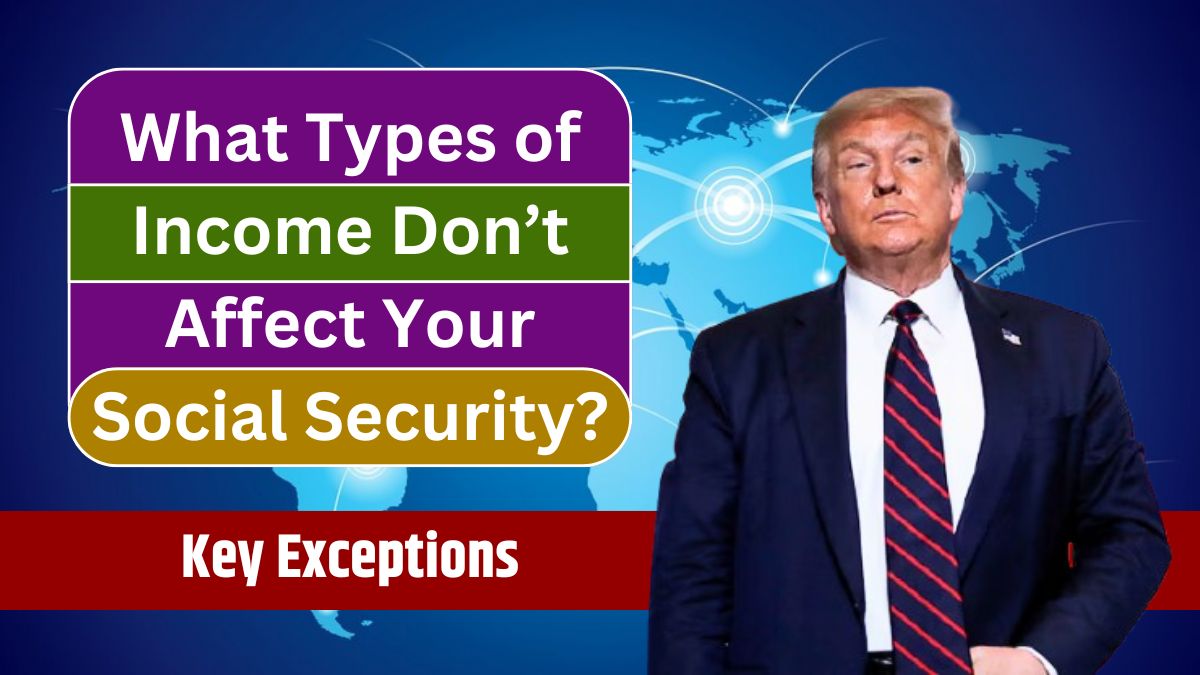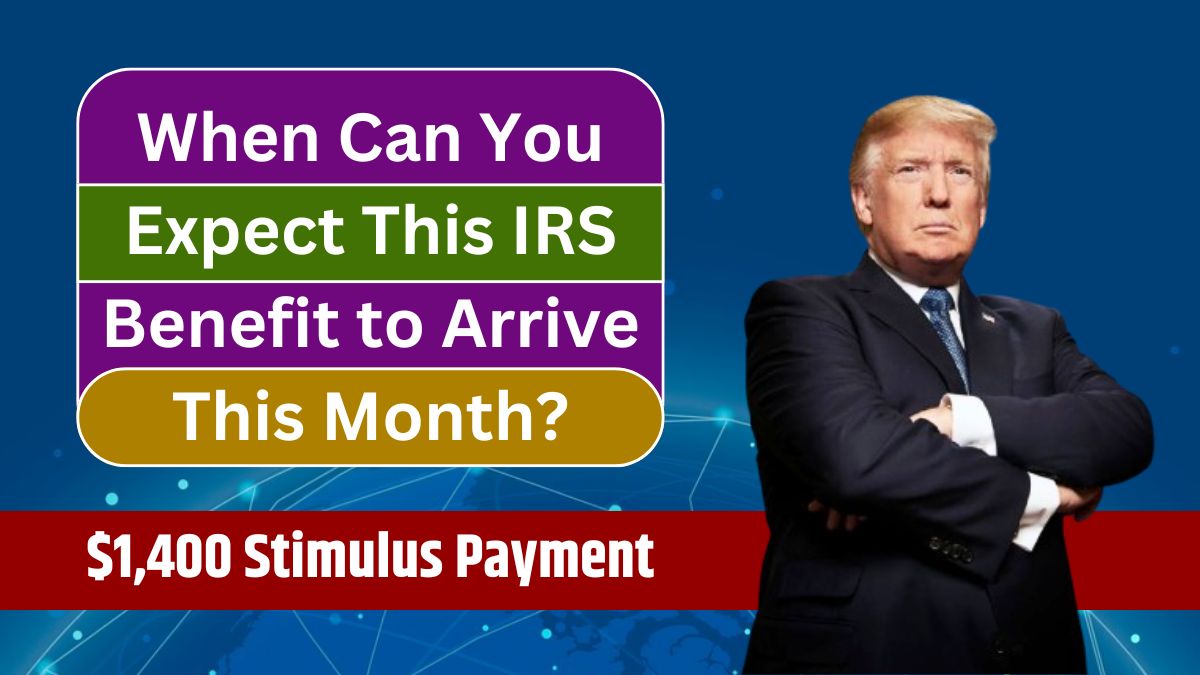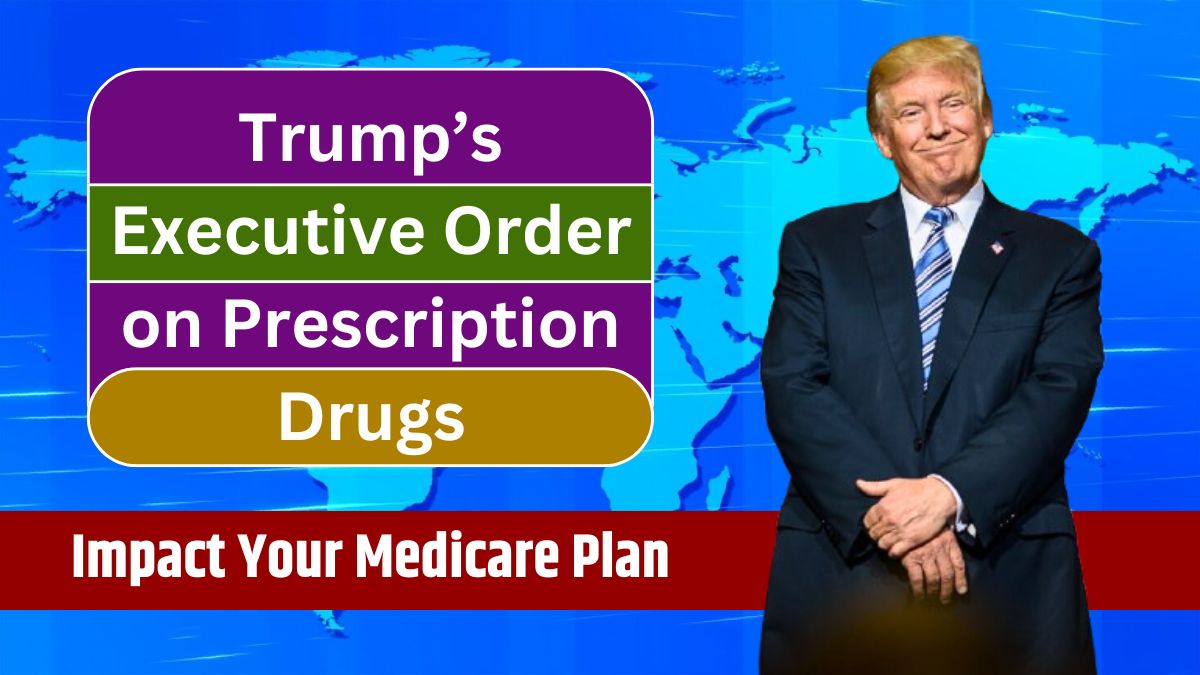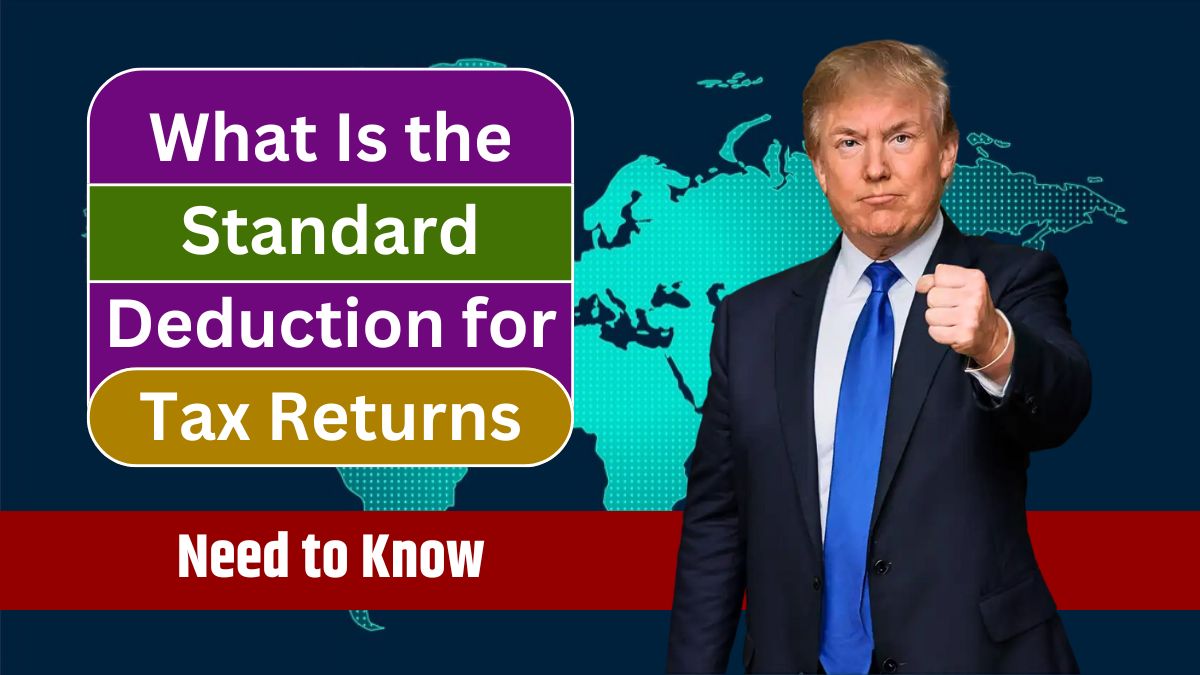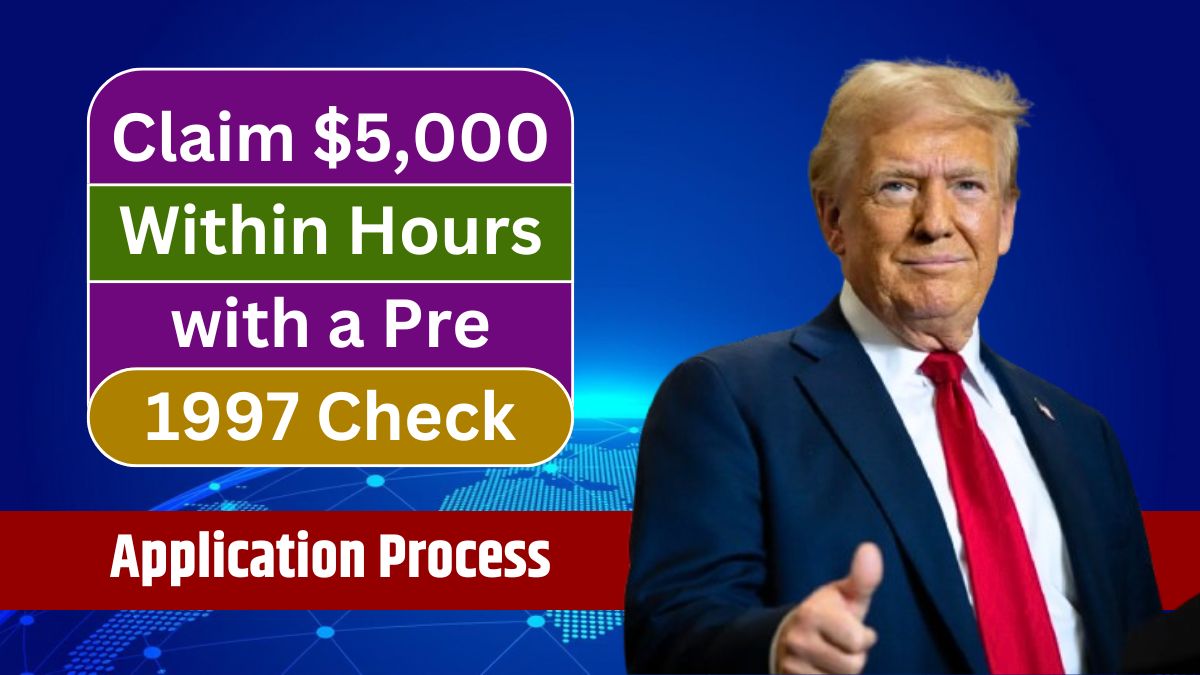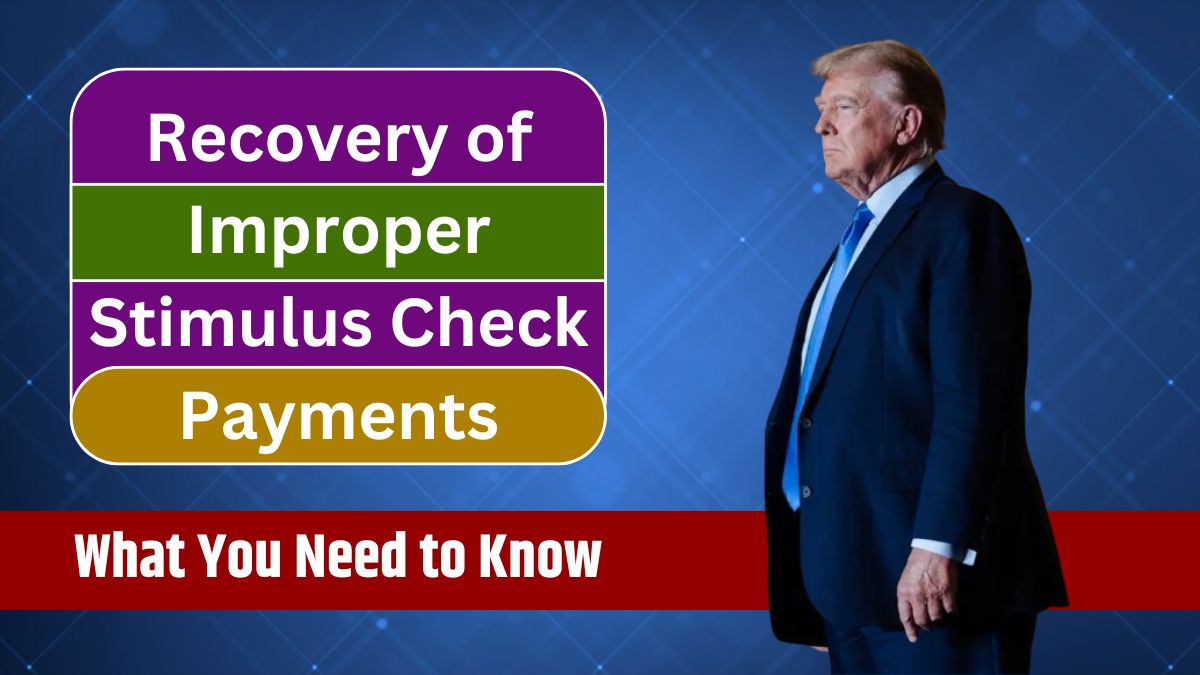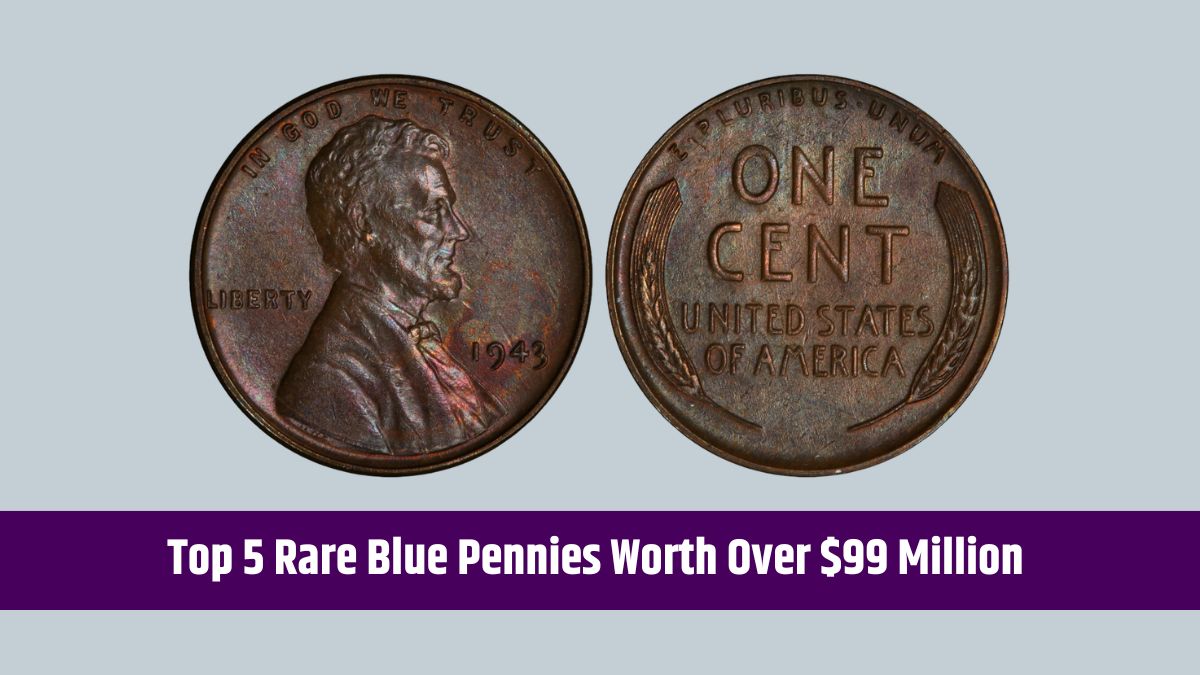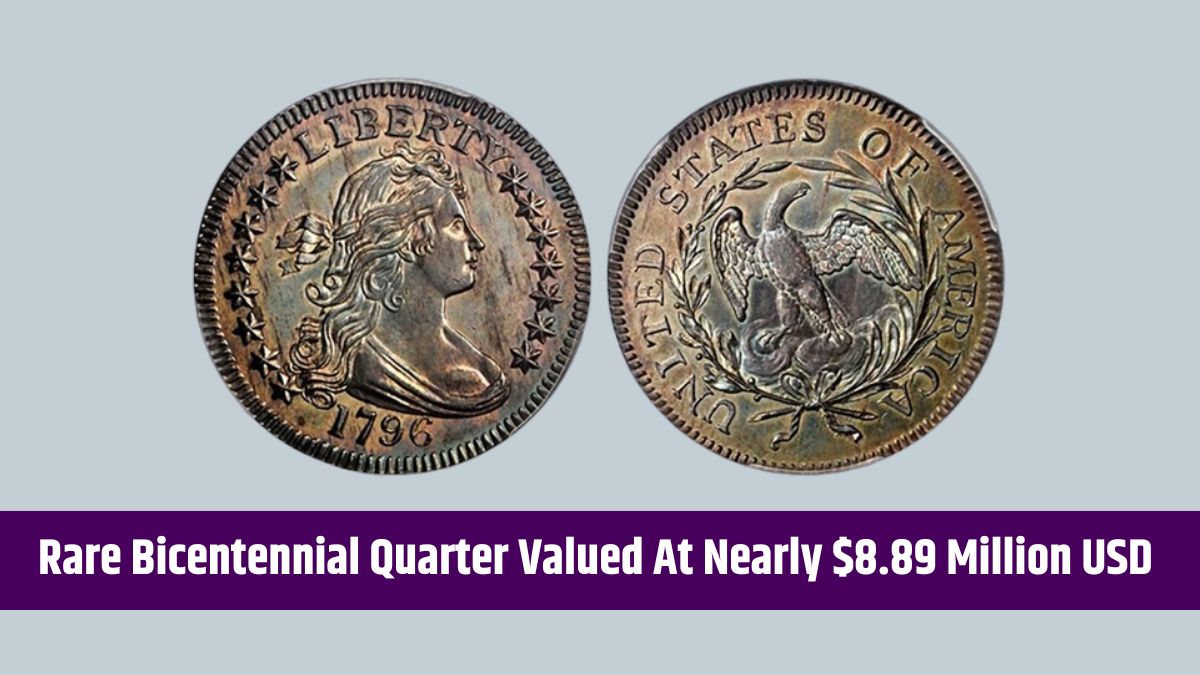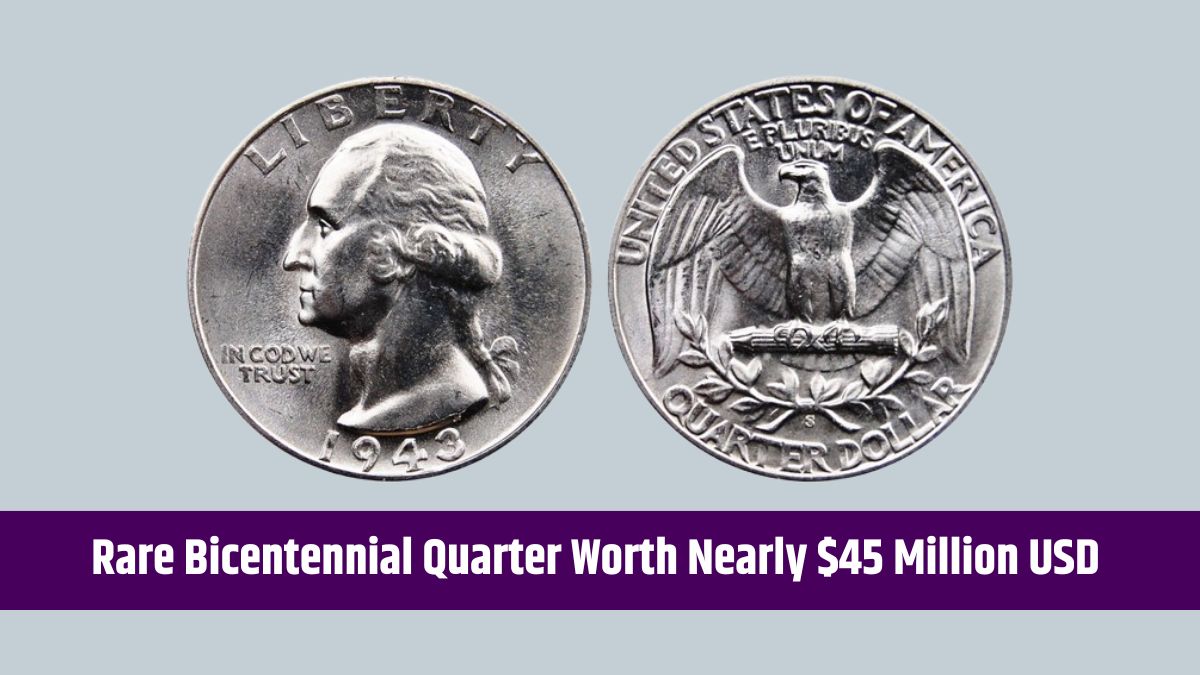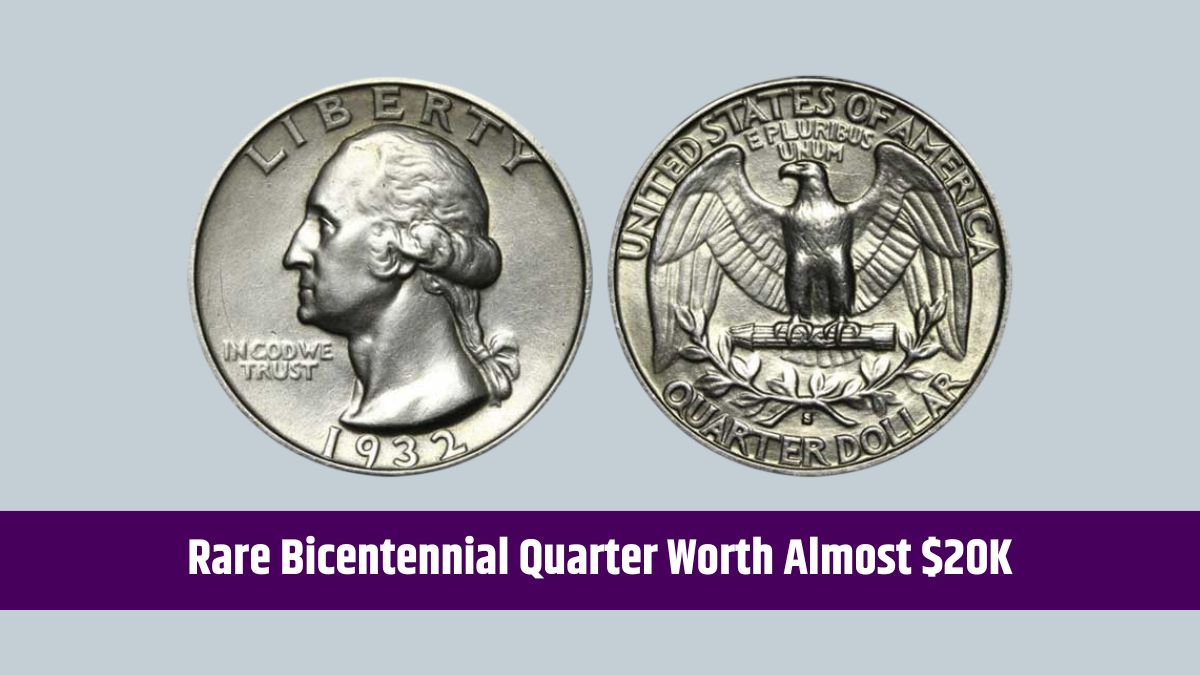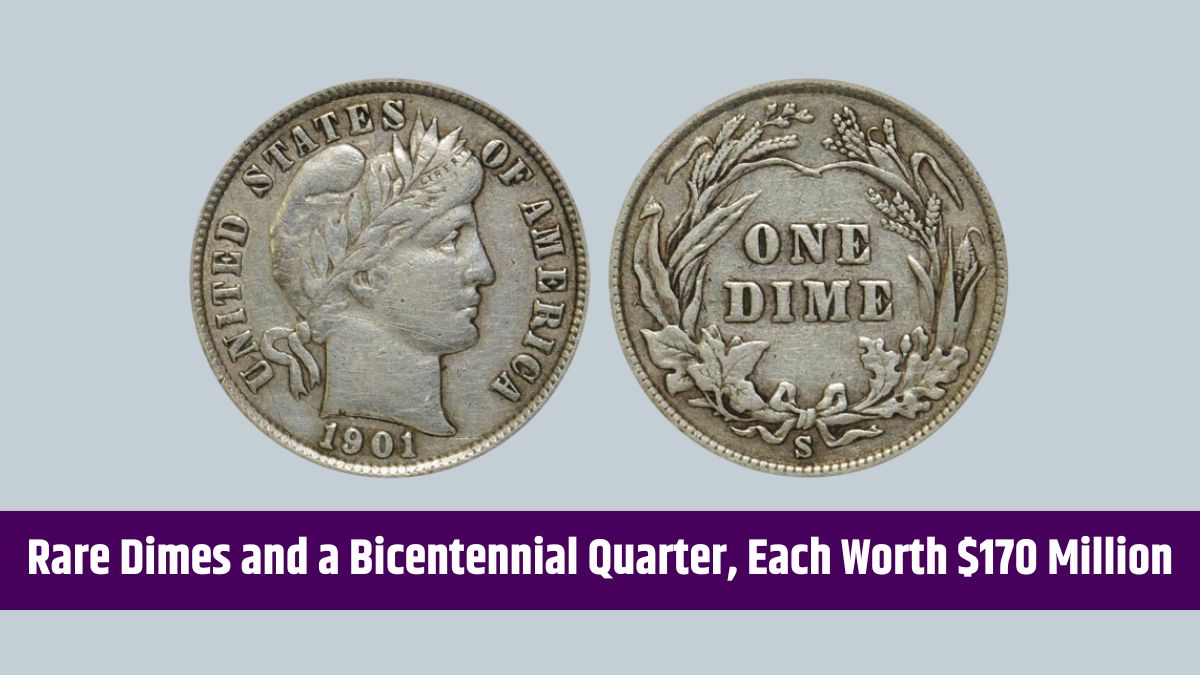Student loans and financial aid are crucial for ensuring college remains accessible to everyone, regardless of income or background. However, the system isn’t perfect, and many students find themselves facing insufficient funding. In 2024 alone, 200,000 students received incorrect aid amounts, leaving them scrambling to cover the gap.
If you didn’t receive enough financial aid, there are steps you can take to secure additional funding or make your college expenses more manageable.
Financial Aid Falls Short
Many colleges offer payment plans to spread out tuition and other expenses over several months instead of paying everything upfront. These plans:
- Help with affordability: Smaller, more manageable installments.
- Work well with part-time jobs: A steady income can help you cover the monthly payments without needing additional loans.
Contact your school’s financial aid office to explore available payment plan options.
Federal Work-Study Program
The Federal Work-Study Program provides part-time jobs to students with financial need, allowing you to earn money for education-related expenses.
- How it works: You’ll typically work a campus job or one related to your field of study.
- How to qualify: You must indicate interest on your FAFSA application.
Even if you didn’t initially check the box for work-study, contact your financial aid office to ask about late enrollment options.
Look for Private Scholarships
Private scholarships can supplement your financial aid package. These scholarships are often awarded based on merit, background, or specific interests.
- How to find them:
- Use online scholarship search engines like Fastweb or Scholarships.com.
- Check with your college or academic department for institution-specific scholarships.
- Look for local or community-based scholarships, which often have less competition.
Scholarships don’t need to be repaid, making them an excellent way to reduce your reliance on loans.
Accept Federal Student Loans
If you haven’t already, consider federal student loans to help cover the gap in funding. These loans:
- Have lower interest rates than private loans.
- Offer income-based repayment plans after graduation.
Steps to take:
- Contact your school’s financial aid office to ensure you’ve maximized your federal loan eligibility.
- Only borrow what you need to cover essential expenses.
Private Student Loans
Private student loans should be a last option due to their higher risks:
- Higher interest rates: Especially for borrowers with poor credit scores.
- Lack of flexibility: No income-based repayment plans or federal protections.
If you must take a private loan:
- Shop around for the best rates from banks, credit unions, and online lenders.
- Consider having a co-signer with good credit to qualify for better terms.
- Borrow only what’s absolutely necessary.
Avoiding Common Pitfalls
- Don’t Borrow More Than You Need: Excessive borrowing can lead to significant financial stress after graduation.
- Reassess Living Expenses: Cut unnecessary costs like luxury housing or meal plans if they’re straining your budget.
- Communicate with Your Financial Aid Office: Schools often have emergency grants or resources for students facing financial difficulties.
If your financial aid isn’t enough, don’t panic—there are multiple ways to fill the gap. Start with low-risk options like payment plans, work-study programs, and private scholarships before turning to federal or private loans. Careful planning and looking into every available resource can help you manage your college expenses and stay on track toward achieving your goals.
FAQs
What should I do if my financial aid isn’t enough?
Explore payment plans, work-study programs, or private scholarships.
How can I apply for a work-study program?
Indicate interest on your FAFSA or contact your financial aid office.
Are private student loans a good idea?
Private loans are a last resort due to higher interest rates and less flexibility.
Can I still find scholarships after starting college?
Yes, many scholarships are available throughout your academic career.
What’s the difference between federal and private loans?
Federal loans have lower interest rates and flexible repayment options.
